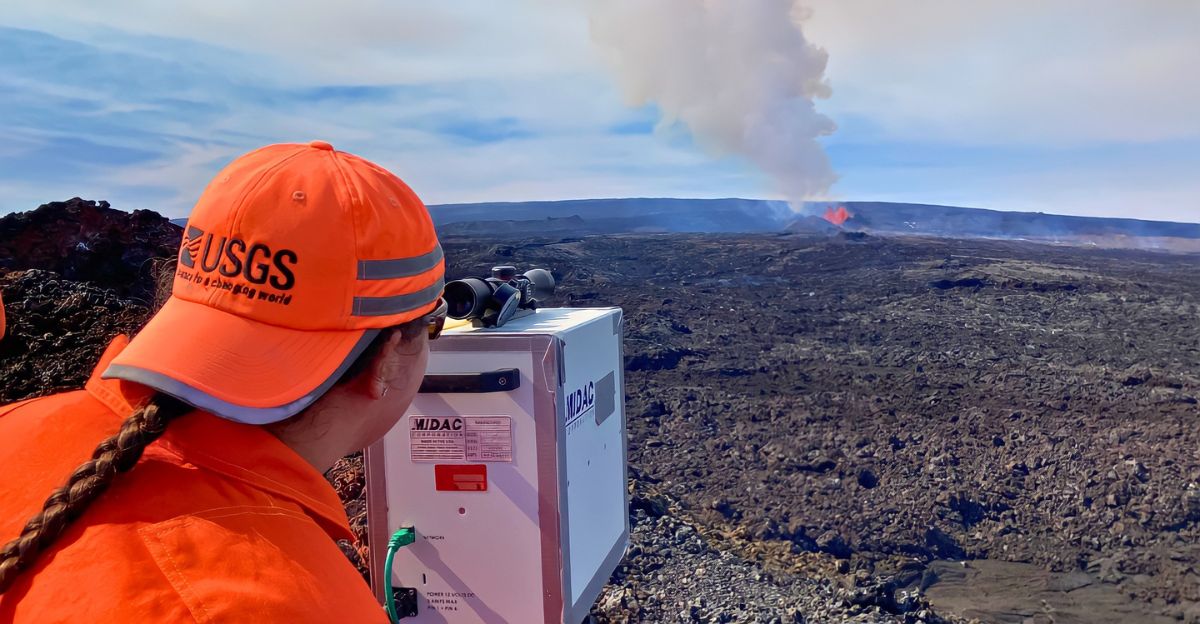
Bolivia’s Uturuncu volcano, which has been quiet for 250,000 years, has baffled scientists for decades. Though dormant for the past quarter of a million years, it shows strange signs of life: ground deformation, seismic quakes, and gas emission.
Satellites picked up a strange “sombrero”-shaped bulge, gas emissions, and earthquakes rattled the region, earning it the nickname “zombie volcano”—seemingly dormant but quietly simmering beneath the surface.
Now, an international research team has finally solved this geological enigma after discovering what is driving the volcano’s unrest. The breakthrough overturns volcanic hazard assessments and reveals unforeseen environmental and economic implications of the volcano’s activity.
The Zombie’s Restless Signs
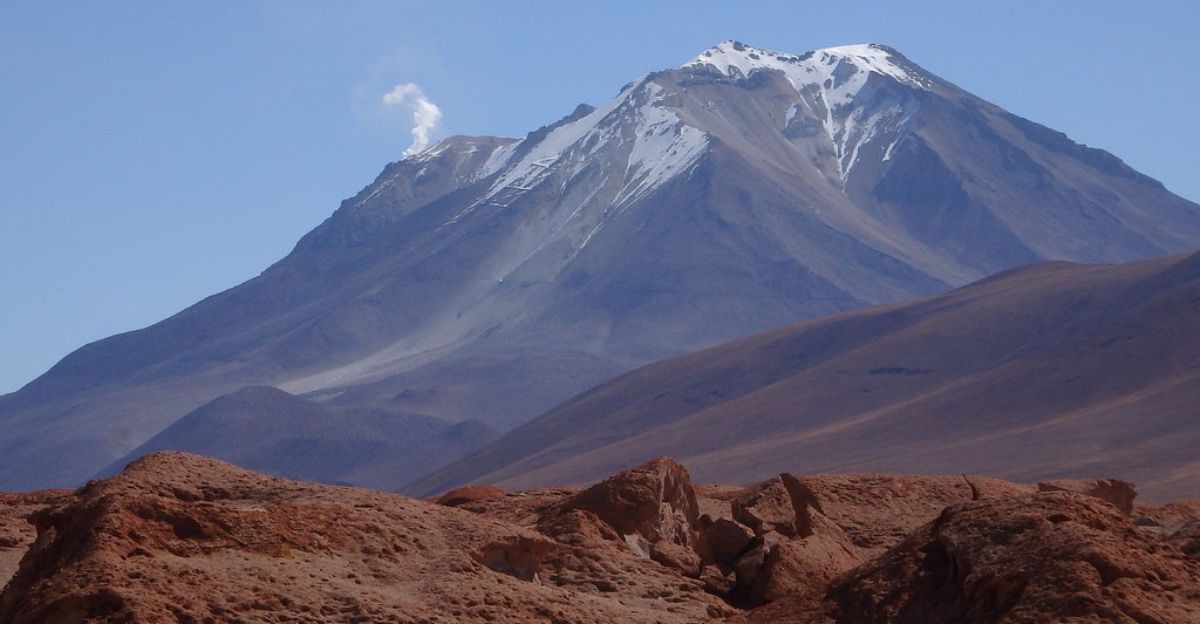
Uturuncu, a colossal stratovolcano in Bolivia’s Andes, was believed to have been extinct for millennia. Yet, satellites detected anomalous ground uplift around its summit, forming a 43-mile-wide “sombrero” deformation shape in the 1990s.
At the same time, seismicity and carbon dioxide emissions rose, indicating some unrest beneath the surface. However, no eruptions occurred, contradicting typical volcanic activity and leaving scientists absolutely flabbergasted.
Researchers called it a “zombie volcano” since it appeared to be dormant but had signs of activity. This contradiction raised questions regarding volcanic processes, their hazards, and monitoring. Deciphering Uturuncu’s unusual signals became a priority in assessing its impact on the local environment and people.
State-of-the-Art Volcanic Forensics
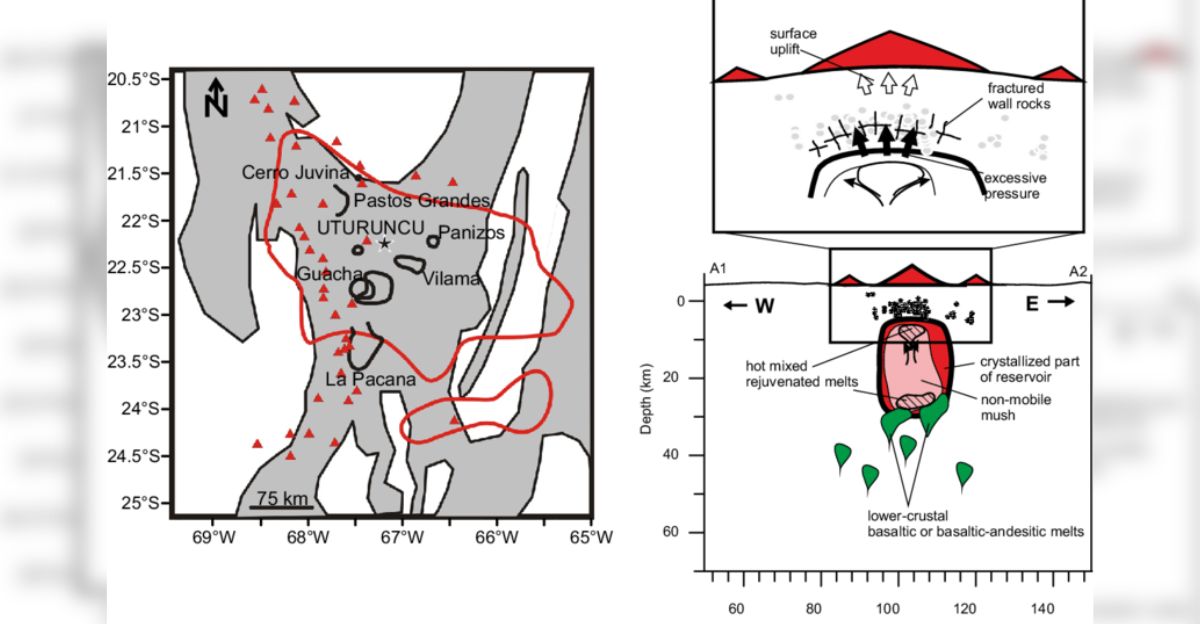
To better understand why the volcano is in this restless, “zombie”-like state after erupting some 250,000 years ago, scientists used seismic tomography, akin to medical CT scans, to study over 1,700 earthquakes under Uturuncu. This allowed them to map the volcano’s subsurface structure in unprecedented detail.
Using seismic data, rock physics models, and gas measurements, they discovered a six-mile-wide chimney carrying superheated fluids upwards from an enormous magma reservoir below. These fluids, primarily carbon dioxide and saline water, caused ground deformation and earthquakes.
What has proven to defy expectations, however, is that the magma itself was not moving up toward the surface. This discovery revolutionizes how geologists interpret volcanic unrest and challenges traditional eruption forecasting methods.
The Altiplano-Puna Magma Mystery

Beneath Uturuncu lies the Altiplano-Puna Magma Body (APMB), the largest known crustal magma reservoir on Earth, spanning 180,000 cubic miles roughly 12 miles below the surface. Although it has not erupted in millions of years, the APMB’s high temperature fuels hydrothermal systems that circulate fluids upward.
The superheated fluids become trapped beneath Uturuncu’s summit, causing ground uplift and earthquakes. Fluids seep into fractures in surrounding rocks, sustaining the volcano’s subdued unrest.
This mechanism explains how the volcano remains active and how the eruptible magma does not reach the surface. This new information redefines dormant volcano behavior and expands our understanding of volcanic plumbing systems.
When Earth’s Breath Injures Life
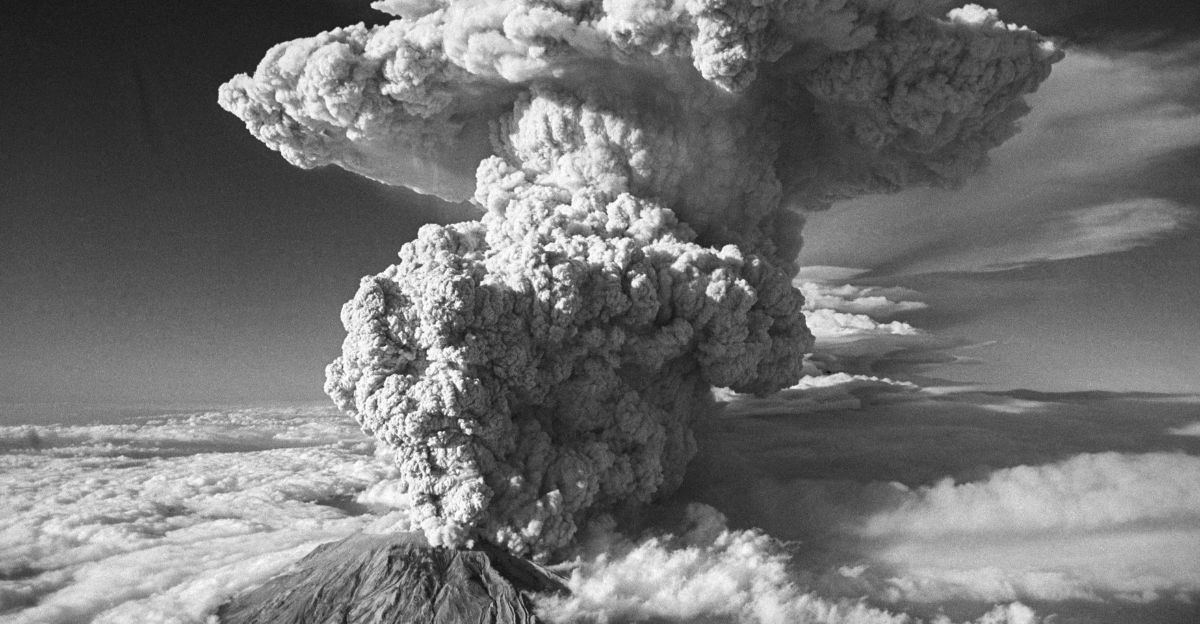
Volcanic gases like carbon dioxide acidify soil and water, disrupting ecosystems and wildlife. While Uturuncu’s current activity hasn’t resulted in ecological damage thus far, ancient eruptions illustrate the potential dangers.
For example, Mount St. Helens’ 1980 eruption killed thousands of trees and animals, while Indonesia’s Mount Merapi ashfall caused famine among livestock. However, non-eruptive volcanic unrest can stress food chains and ecosystems.
Moreover, volcanic soils eventually become fertile over time, leading to ecological growth and biodiversity recovery. Therefore, understanding Uturuncu’s gas emissions helps assess environmental risks and benefits, and points to the complex relationship between volcanic activity and ecosystem integrity.
Reimagining Volcanic Playbooks
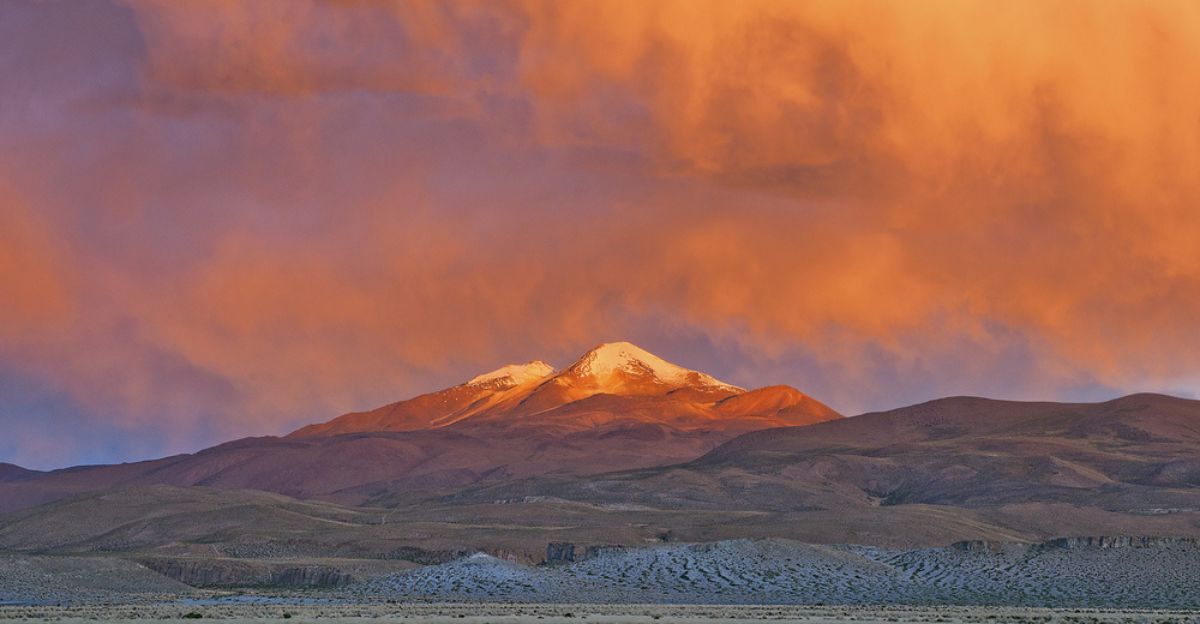
Uturuncu contradicts the standard volcanic monitoring focus on magma rise. As its unrest is predominantly driven by fluid migration, not magma-centric rise, new monitoring equipment and models are needed to unravel subtle signals from “zombie” volcanoes worldwide.
Over 1,400 such volcanoes may be exhibiting such behavior, something that was previously underestimated due to magma-focused studies. As geophysicist Matthew Pritchard indicates, “Zombie volcanoes demand novel instruments to deconstruct their whispers.”
This change of focus will help to enhance the prediction of volcanic hazards, which informs risk mitigation strategies and ensures public safety. It also increases our knowledge of volcanic systems, highlighting the diversity of the processes contributing to volcanic unrest.
Lessons from Earth’s Fiery Past

Uturuncu’s activity is not unlike Yellowstone’s hydrothermal systems, where ground deformation arises due to fluid movement but without resulting in eruption. Both sites demonstrate that ancient volcanic systems can remain active for thousands of years, refuting previously established volcano dormancy theories.
Yet, the 79 CE Vesuvius eruption that buried Pompeii began with low gas releases, demonstrating that fluid movements can lead to violent eruptions. Studies of these sites allow scientists to recognize the early warning signs and gain a better understanding of volcanic life cycles.
Uturuncu is an example of how important it is to monitor volcanic activity, however docile it may appear. Further, it highlights the role of interdisciplinary research in predicting volcanic hazards and protecting vulnerable populations and wildlife near sleeping but simmering volcanoes.
The Quiet Giants Debate
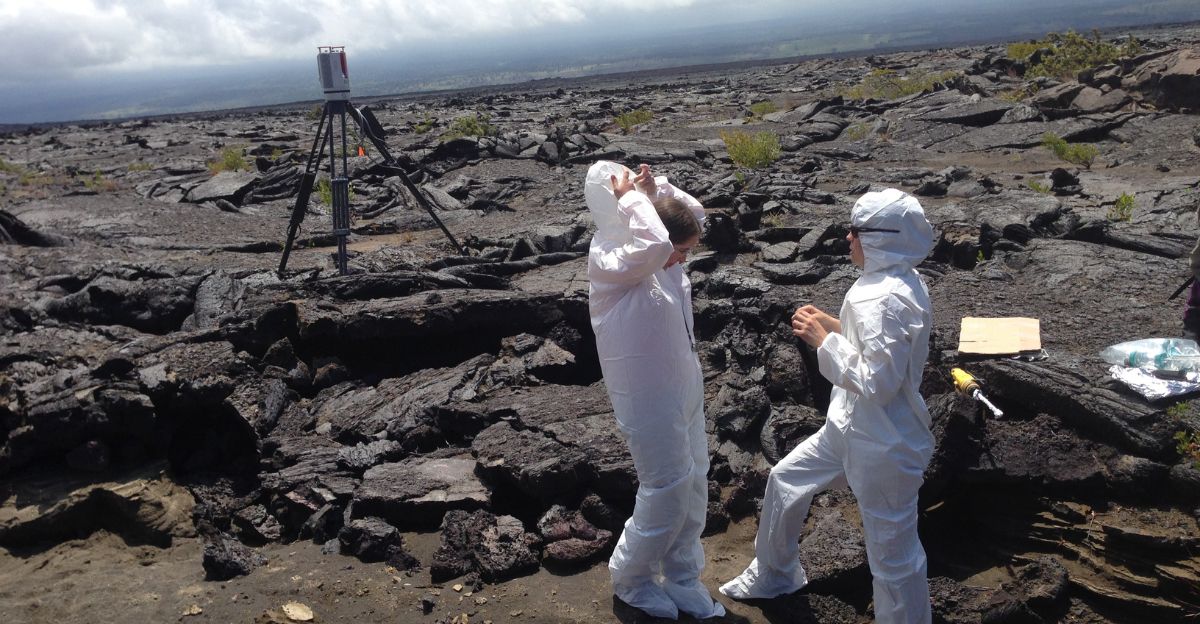
Some scientists warn that Uturuncu’s fluid flow can destabilize faults deep in the Earth or eventually trigger magma, causing eruptions. Geophysicist Eva Zanetti explains that fluids soften rocks, which are more susceptible to seismic hazards. Others, however, argue that the APMB’s significant depth guarantees eruptions are unlikely for thousands of years.
This disagreement highlights the challenge of balancing caution with scientific uncertainty. It also emphasizes that continuous monitoring and research can help refine eruption predictions. Estimating when a “zombie” volcano will awaken fully remains essential for preparation and public and wildlife protection strategies worldwide.
From Hazard to Resource

Uturuncu’s hydrothermal fluids contain valuable minerals like lithium and boron, which are used in batteries and advanced technology. Accessing geothermal brines can help transform volcanic risks into economic gains.
For example, Icelandic and Chilean geothermal mining operations demonstrate sustainable resource use while mitigating volcanic risks. The geothermal development of Uturuncu would provide clean energy for nearby residents, reducing their dependence on fossil fuels.
This revolutionary approach shows how understanding volcanic processes can help fuel green technology and economic development, turning dormant giants into a critical component in the world’s energy transformation and resource supply networks.
The Future of Sleeping Giants
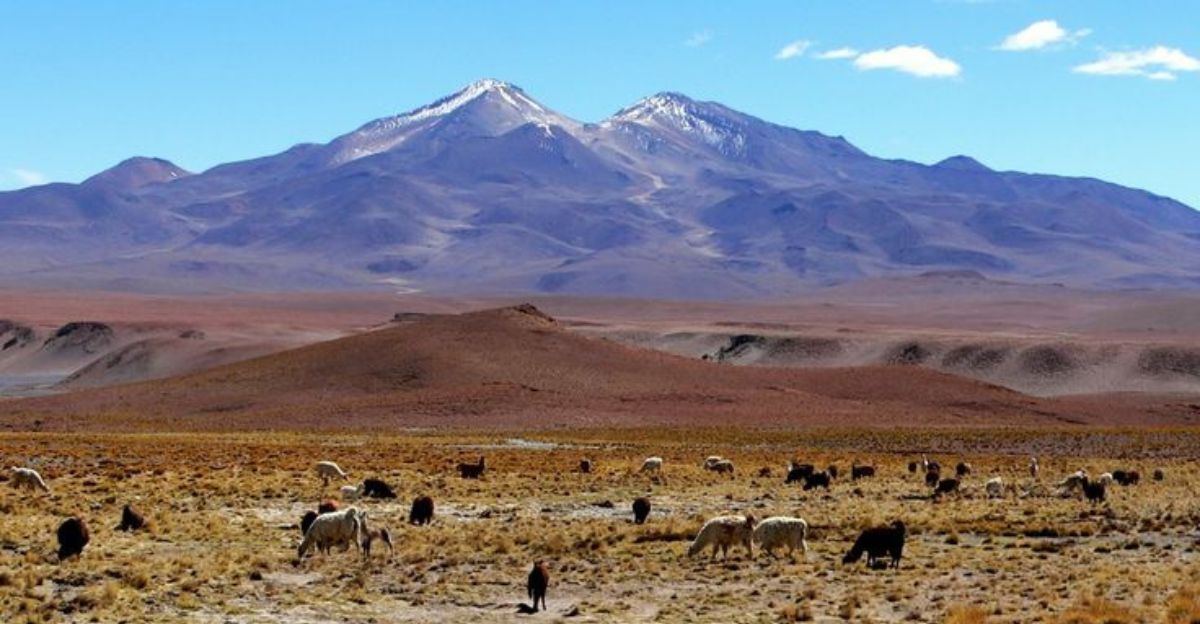
Uturuncu’s story is a wake-up call: dormancy does not guarantee safety. Using seismology, geochemistry, and artificial intelligence, scientists hope to predict volcanic threats more accurately while accessing sustainable resources.
Scientist Zhang Haijiang states, “Volcanoes are both threats and teachers.” Such ambivalence encourages a balanced view of volcanoes as natural dangers and possibilities. As monitoring technologies improve, the scientific community strives to further protect ecosystems, wildlife, and human life.
Uturuncu is the epitome of how persistent inquiry, innovation, and advanced technology can transform fear of the unknown into knowledge and power.
Explore more of our trending stories and hit Follow to keep them coming to your feed!

Don’t miss out on more stories like this! Hit the Follow button at the top of this article to stay updated with the latest news. Share your thoughts in the comments—we’d love to hear from you!







